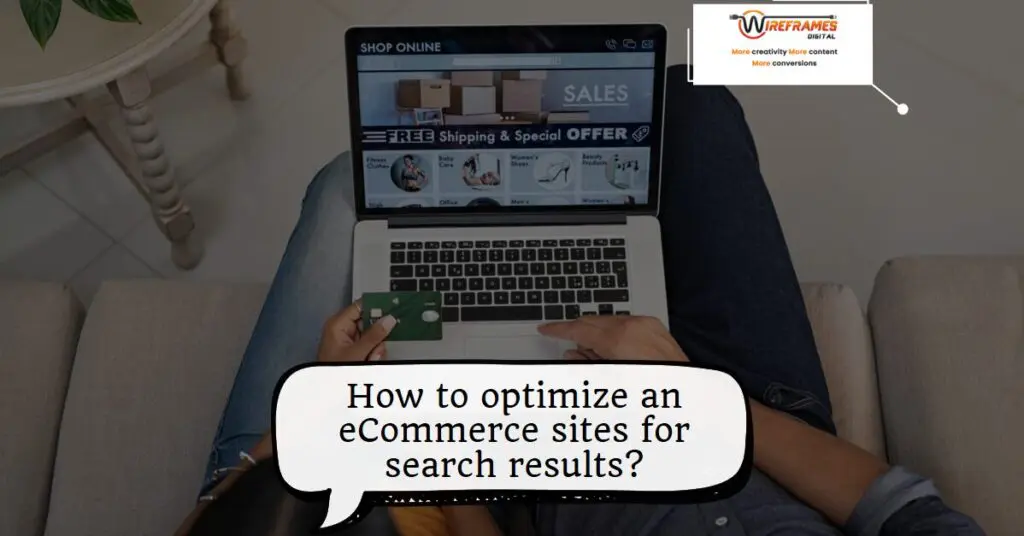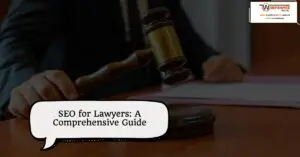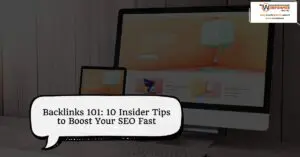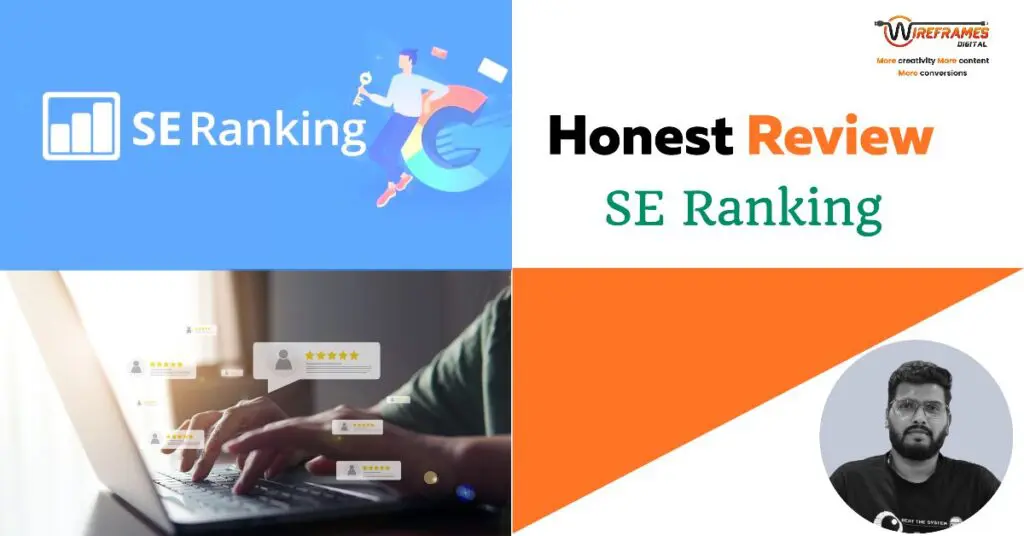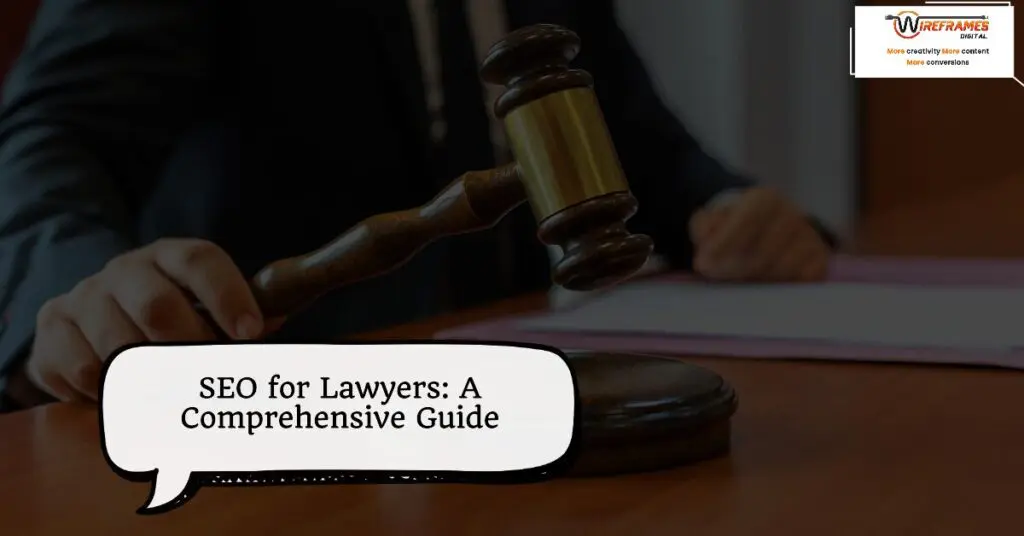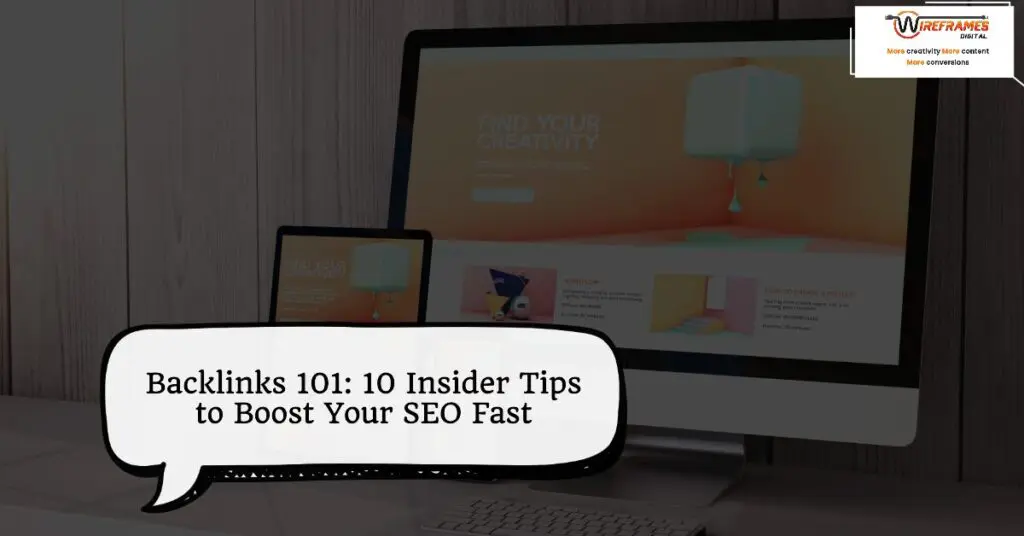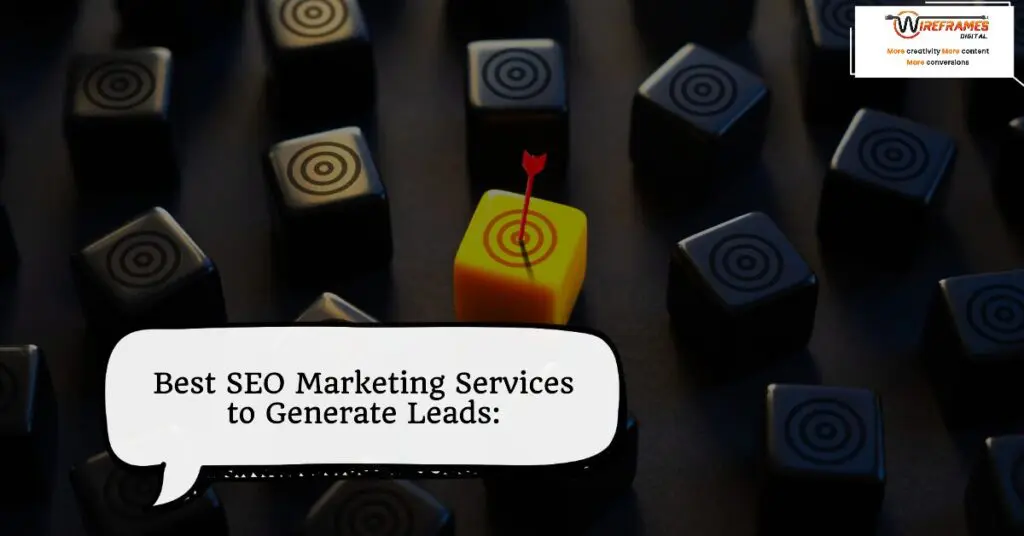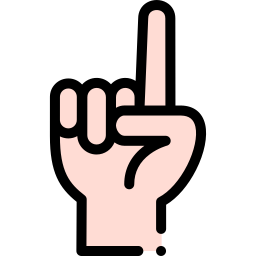Introduction
Search engine optimization (SEO) is essential for any e-commerce website looking to drive qualified traffic, leads, and sales. With more and more people using search engines like Google to research and find products online, having an SEO strategy needs to be a priority.
Implementing SEO best practices allows e-commerce sites to rank higher in search results for industry-related keywords. The higher the rankings, the more visibility the site has to users searching for those products or services. Increased visibility through SEO leads to more website traffic, brand awareness, and conversions over time.
While technical SEO elements like site speed and mobile optimization are important, creating high-quality, relevant content focused on searcher intent is one of the most effective ways e-commerce sites can improve organic rankings and traffic. This includes page titles, meta descriptions, headers, product pages and descriptions, blogs, guides, and more.
Overall, e-commerce sites that optimize for keywords and provide a positive user experience through their content and website performance stand to gain tremendous benefits through search engine optimization. This guide will explore the most essential SEO strategies and best practices from experienced seo company in mumbai, for e-commerce sites looking to maximize their visibility and boost conversions.
Keyword Research
Keyword research is essential for optimizing an ecommerce site for SEO and driving qualified traffic to your online store. Finding the right keywords and phrases that your target customers are searching for allows you to create optimized content that ranks high in search results. There are several strategies and tools you can leverage to research and select high-value keywords.
Use Keyword Research Tools
Keyword research tools like Google Keyword Planner, SEMrush, Moz, or Ahrefs allow you to discover high search volume keywords with low competition. You can input seed keywords or search topics to find related keyword suggestions along with monthly search volumes and competitor keyword rankings. Focus on keywords with high search volume over 1,000 that are relevant to your products. Also look for more targeted long-tail variations that attract users more ready to convert.
Analyze Competitors
Study what keywords your competitors are ranking for by looking at their titles, meta descriptions, content, and backlinks. See what terms they are optimizing for and find keyword opportunities you can target that they haven’t focused on yet. Use tools like SEMrush or Ahrefs to research competitors’ keywords.
Leverage Google Autocomplete
Google autocomplete provides keyword suggestions as you type based on what other people are searching for. This can reveal high intent buyer keywords ideal for ecommerce SEO. Type in a root keyword like “buy [product]” and see what autocomplete recommends. Add these as target keywords to optimize for.
Search User Intent
Focus keywords based on stages of the user journey – informational, navigational, transactional. Targeting keywords by user intent ensures you attract users at each stage – learning, comparing, ready to buy. Track keyword conversions to see what terms drive actions.
Optimize for Voice Search
More people are searching by voice which relies on natural language keywords. Optimize for longer conversational phrases like “where can I buy [product]”. User intent words like “best”, “buy”, “coupon”, “deal” also work well for voice search optimization.
Optimize Page Titles
Your page titles, which show up as the clickable links in search engines, are one of the most important on-page SEO elements. Page titles serve as the first impression of your site in SERPs (search engine results pages), so optimizing them properly is critical.
Ideal Title Length
Google recommends page titles be between 50-60 characters, including spaces. Going longer risks getting cut off in search results. Staying too short misses an opportunity to include important keywords. Generally, titles of 55 characters tend to perform best.
Keywords in Titles
Each page’s title should contain your target keyword for that page. This tells both users and search engines what the page is about. For example, for a product page, include the product name in the title.
The keyword should appear at the beginning of the title tag whenever possible. Search engines give more weight to words that appear early.
Besides the target keyword, also include secondary keywords and related terms that describe the page’s focus. Just be sure the title still flows naturally and makes sense for users.
Proper keyword optimization in titles gives pages a better chance to rank for those terms. Along with meta descriptions, optimized titles improve click-through rates in SERPs.
Meta Descriptions
The meta description is a short summary of a web page’s content that shows up underneath the page title in search engine results pages (SERPs). While meta descriptions don’t directly influence search engine rankings, they play a critical role in click-through rates from SERPs.
An effective meta description:
- Accurately summarizes the page content in 1-2 sentences or 150-160 characters. Going over 160 characters will result in the description being cut off in the SERP.
- Uses compelling language and power words to pique user interest and encourage clicks. For example, “learn” instead of “read about”, or “secrets” instead of “tips”.
- Includes main relevant keywords naturally – but does not cram in keywords or repeat them excessively.
- Creates curiosity by providing some information, but leaves users wanting to visit the page to learn more.
- Is unique to each page and avoids duplicating other meta description text.
- Follows proper grammar, spelling, and punctuation conventions to establish authority and trust.
Crafting excellent meta descriptions takes time, but is worthwhile. The meta description offers the first impression of a web page in SERPs, so optimizing it to attract clicks can significantly increase website traffic from organic search.
Header Tags
The header tags (H1, H2, H3, etc.) on your website are vital for both user experience and SEO. The H1 tag should be used just once per page – for the main title of that page. This helps search engines determine the topic of the page.
H2 tags are used for subheadings – break the page down into logical sections, and use an H2 tag to label each section. Don’t go overboard with H2 tags – 2-4 per page is usually appropriate.
H3, H4, etc can be used for further subsections under each H2. Again, don’t over-optimize with too many tags.
When structuring your header tags:
- Use your target keyword in the H1 or H2 whenever it fits naturally – don’t force it.
- Format header tags properly in your HTML – don’t use header tags for bolding text instead of using CSS.
- Header tags should be descriptive titles summing up the content in that section – not generic labels like “Introduction”.
- Header tags help create a logical informational hierarchy on the page.
- Make sure each header tag follows a logical progression (e.g. don’t jump from H2 to H4).
Proper header tag structure improves SEO by highlighting the semantic structure of your content to search engines. It also creates a better, more scannable experience for users.
Image Optimization
Images can play a crucial role in SEO for ecommerce sites. Ensuring images are properly optimized gives search engines more clues about the content on each page. Here are some key image optimization tips:
Use descriptive file names – File names like “photo1.jpg” don’t provide any value. Rename files to include relevant keywords, like “blue-denim-jeans.jpg”. This helps search engines understand what the image contains.
Write useful alt text – The alt text attribute provides a text description of an image. Search engines can’t actually see images, so alt text tells them what the image is about. Use keywords where appropriate while writing natural sounding descriptions.
Resize images for faster loading – Large image files slow down page load times. Use image editing tools to reduce file sizes without compromising quality. Faster load times improve user experience and are favored by search engines.
Compress images – Compression further reduces file sizes by removing unnecessary image data. Lossless compression like GIF or PNG is best for preserving quality. Lossy JPEG compression works for photographs with some quality loss.
Implement lazy loading – Only load images as they become visible on the page. This technique accelerates load times and improves user experience. Images further down the page won’t load until the user scrolls down.
Properly optimized images provide visual interest for users while also improving SEO. Following these best practices makes ecommerce sites more appealing in search engine results.
Site Speed
Page load time is a critical ranking factor today. Google has stated site speed is a ranking signal. Slow sites get penalized in search rankings while fast sites can receive a boost.
For ecommerce sites, site speed is especially important. Even minor delays can cause customers to abandon their shopping carts. Studies show that a 1-second delay in page response time can result in a 7% loss in conversions. For mobile users, the impact is even greater – mobile sites that load in 5 seconds vs 19 seconds have a conversation rate drop of 90%!
There are several ways ecommerce sites can improve page speed:
- Optimize images – compress, resize, lazy load images
- Minify CSS, JavaScript, HTML files
- Use a caching plugin to cache assets
- Enable GZIP compression
- Reduce HTTP requests – combine files, use sprite sheets
- Upgrade to a faster web host
- Consider using a CDN to distribute assets
Improving site speed has a direct impact on SEO by boosting rankings and conversion rates. Users expect sites to load quickly – fast sites engage users while slow sites result in high bounce rates. Prioritizing speed optimizations is essential for any ecommerce site.
Mobile Optimization
Mobile optimization is a crucial element of SEO for ecommerce sites today. With over 50% of online traffic now coming from mobile devices like smartphones and tablets, having a mobile-friendly site is essential. There are two key components of optimizing an ecommerce site for mobile users:
Responsive Design
Implementing a responsive design that adapts to different screen sizes is the most important mobile optimization. With a responsive site, the layout, images, content, and buttons resize and rearrange based on the user’s device. This creates a seamless experience for visitors whether they are on desktop, mobile, or tablet.
Using a responsive framework like Bootstrap or Foundation makes creating a responsive design much easier. The site’s elements and CSS stylesheets should use relative width units like percentages instead of fixed pixel widths. Media queries adjust the layout for different breakpoints. Having a flexible, fluid layout ensures the site displays properly on any device.
Mobile Usability
In addition to responsive design, optimizing the usability for mobile users is also important. Buttons and touch targets should be large enough for tapping fingers. Ensure forms are easy to fill out on smaller screens. Simplify menus and navigation for faster access on mobile. Allow for swiping, scrolling, zooming, and other mobile gestures.
Testing the site on actual mobile devices is necessary to ensure a seamless user experience. Pages should load fast even on 3G/4G connections. Any mobile usability issues like small text or broken interfaces negatively impact conversions for mobile visitors. A user-friendly mobile experience is necessary for optimal SEO and sales.
Internal Linking
Internal links are important for helping search engines crawl and index your site more efficiently. A good internal linking structure improves the flow of page rank, sends signals about the relevance of pages, and creates a clearer path for users to navigate your site.
When structuring internal links, focus on linking deeper pages back to more authoritative pages higher in the site architecture. For example, product and category pages should link back to the home and shop pages. This allows the home and shop pages to accumulate page rank and authority, which then flows downstream to the product pages through the internal links.
Avoid linking pages solely in linear chains, as this creates orphan pages with no way back to authority pages. Strive for a more networked, meshed internal structure. Pages should have multiple links to related content, forming a web-like structure across the site.
Link to related products within product descriptions, to blog posts from your blog homepage, and use linking in page content whenever it’s useful and relevant. This improves contextual relevance for users and search engines.
By taking the time to intentionally structure your internal links, you can create a site architecture that makes sense to both users and search engines. The improved crawlability and page rank flow will directly benefit your organic search performance.
Local SEO
Having a local presence can be a huge boost for ecommerce sites. Even if you sell products nationally or globally, ranking in local search results for queries like “online shoe stores Kansas City” is still useful. There are several ways to optimize an ecommerce site for local SEO:
- Create location-specific pages or subdirectories. For example, have a page like www.yourstore.com/kansas-city with information about shipping times or product availability in KC. You could also do city-specific product category pages.
- Include your business address and local phone number prominently on pages. Search engines factor these into local ranking signals.
- Get listed on Google My Business. This helps you show up for local map pack results. Fill out your GMB listing completely with good photos and detailed business info.
- Encourage customer reviews mentioning your location. Reviews with location references on platforms like Google and Facebook help establish your local presence.
- Use local keywords like city names, streets, and neighborhoods throughout relevant pages on your site. But do so naturally – don’t over-optimize.
- Partner with local influencers or businesses. Things like sponsoring local events or teaming up with neighborhood partners can strengthen community ties.
- Focus some social media efforts on your area. Engage local followers and build your reputation as a member of the community.
- Consider local SEO software. There are tools that can help you optimize for hyper-local keywords and generate landing pages. Just don’t go overboard with location keyword stuffing.
Optimizing for both local and national/global audiences takes effort but is worthwhile. Ranking locally helps drive in-store sales, pickups, and deliveries from nearby customers.


